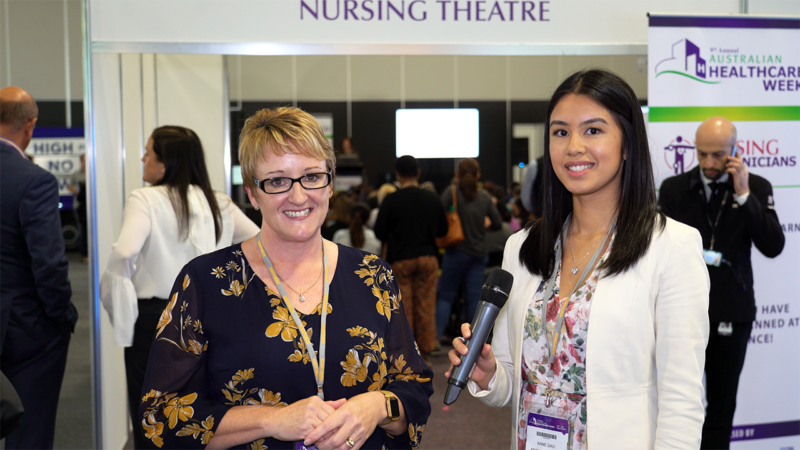According to the National Health and Medical Research Council – NHMRC clinical trials across Australia are in the following categories:
– treatment trials to test new treatments, new medicines or combinations of medicines; or other new therapies such as surgery, the use of new medical devices or new approaches to surgery
– diagnostic or screening trials to evaluate tests or procedures to diagnose and detect diseases or conditions
– prevention trials to test new ways to prevent disease including medicines, vaccines, vitamins, or changes to diet, lifestyle or behaviour
Clinical trials in Australia need to be efficiently administrated and resourced with qualified healthcare professionals as well as suitable patients.
Shanny Dyer, CEO ARCS Australia talks about a recent summit where the CRO (Contract Research Organization) community was asked on the current state of clinical trials in Australia. Commentary from:
– Tanya Symons, Director at T Symons Associates
– Daniela Caiazza, Director Clinical Operations ANZ, Novotech CRO
– Adam Stoneley, Research Operations Manager, Icon Cancer Centre
– Gabrielle McKee, Chief Operating Officer, CNS Clinical Network
– Joe Taouk, Senior Director Research and Development, IQVIA
#AustralianHealthJournal #ClinicalTrials
You Might also like
-
Australian Healthcare Week Hospitals and Clinics New Content Patient Experience Planning, Culture and Growth
Sonia Marshall – South Western Sydney Local Health District
South Western Sydney Local Health District serves nearly 1 million people in a rapidly growing area of Sydney. Currently 250-300 families a week are moving into the region and with a growing population, the health district requires well executed strategy and delivery of healthcare to the population. Executive Director Sonia Marshall spoke with Australian Health Journal reporter Anne Dao at last week’s Australian Healthcare Week in Sydney, on supporting staff and the community. Sonia highlights the mission of delivering Safe Quality Healthcare at all times. In-time patient feedback is important and the SWSLHD has implemented a system called “My Experience Matters” to give near immediate response from patients on their level of care, whilst they are still on site at the hospital. The aim of the initiative is to quickly identify bad experiences that could be rectified.
Post Views:
3,062 -
The Case for Embedded Pharmacy in Residential Aged Care
Embedded pharmacy in residential aged care has been successful in South Australia at the Tanunda Lutheran Home in the Barossa Valley. Julian Soriano talks about his pharmacy role in medication management and medication safety to deliver the best clinical care for residents.
In this segment, Julian talks about the traditional pharmacy model serving residential aged care and the limitations of the imprest process for dispensing medication. Soon into the project he saw the collaboration required with GPs and onsite nurses in dispensing medication for residents in end-of-life or palliative care. Julian sees the imprest process unable to support end-of-life residents, even being able to check the availability of medication.
But what most may not be aware of, is his rapid growth since starting the business in 2013 having just been in health care a few years earlier. Being part of a 2nd generation health care family, Shawn learnt from his father on site and at trade show visits overseas. Prior to HPA, he spent 2 years working in fit-outs of operating theatres, neo-natal and general population ICU, throughout being more fascinated with what he saw. -
Inaugural vaccine value chain conference talks about Team Australia
For the first time, key decision-makers and thought leaders from government, industry, academia, NGOs, and representatives from the immunisation community converged in a 2 day conference in Sydney hosted by Biointelect, highlighting the transformative potential of collaborative innovation.



